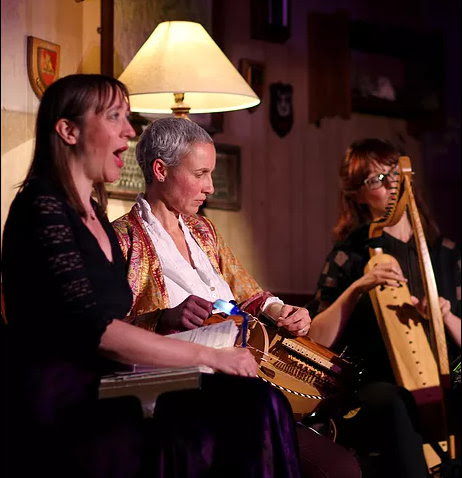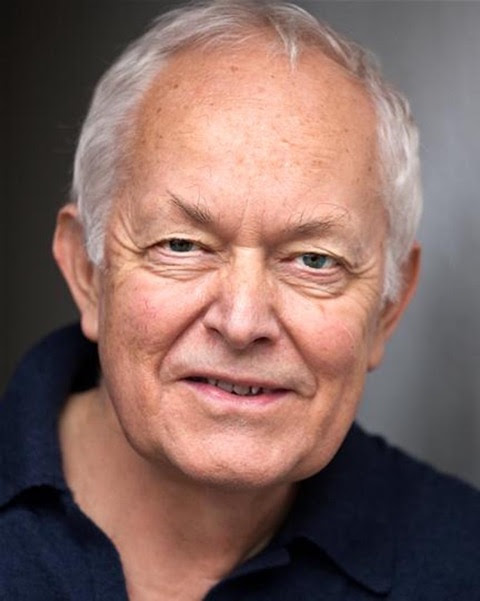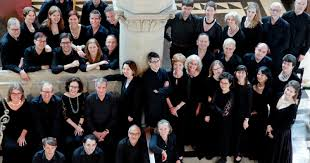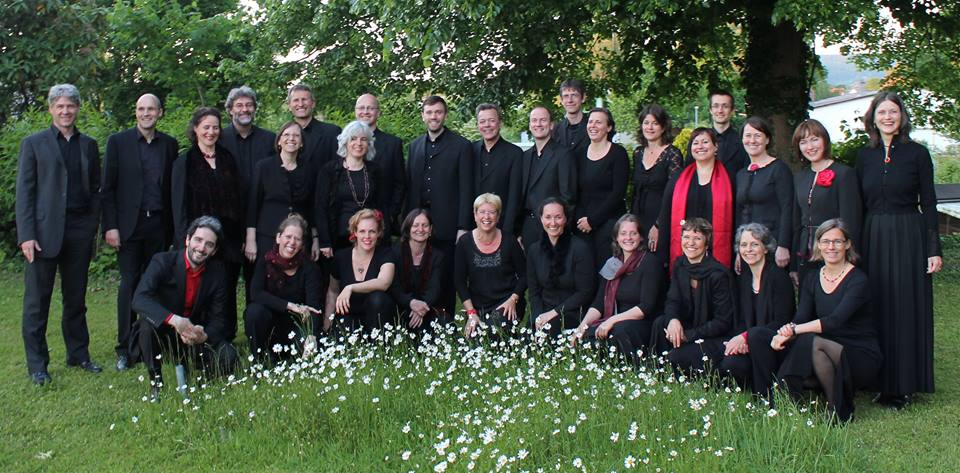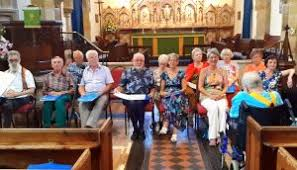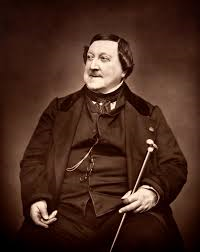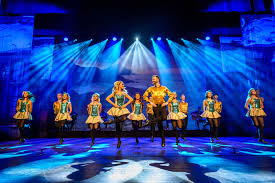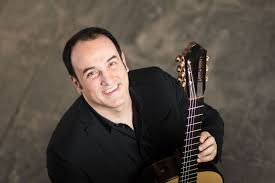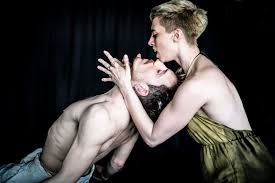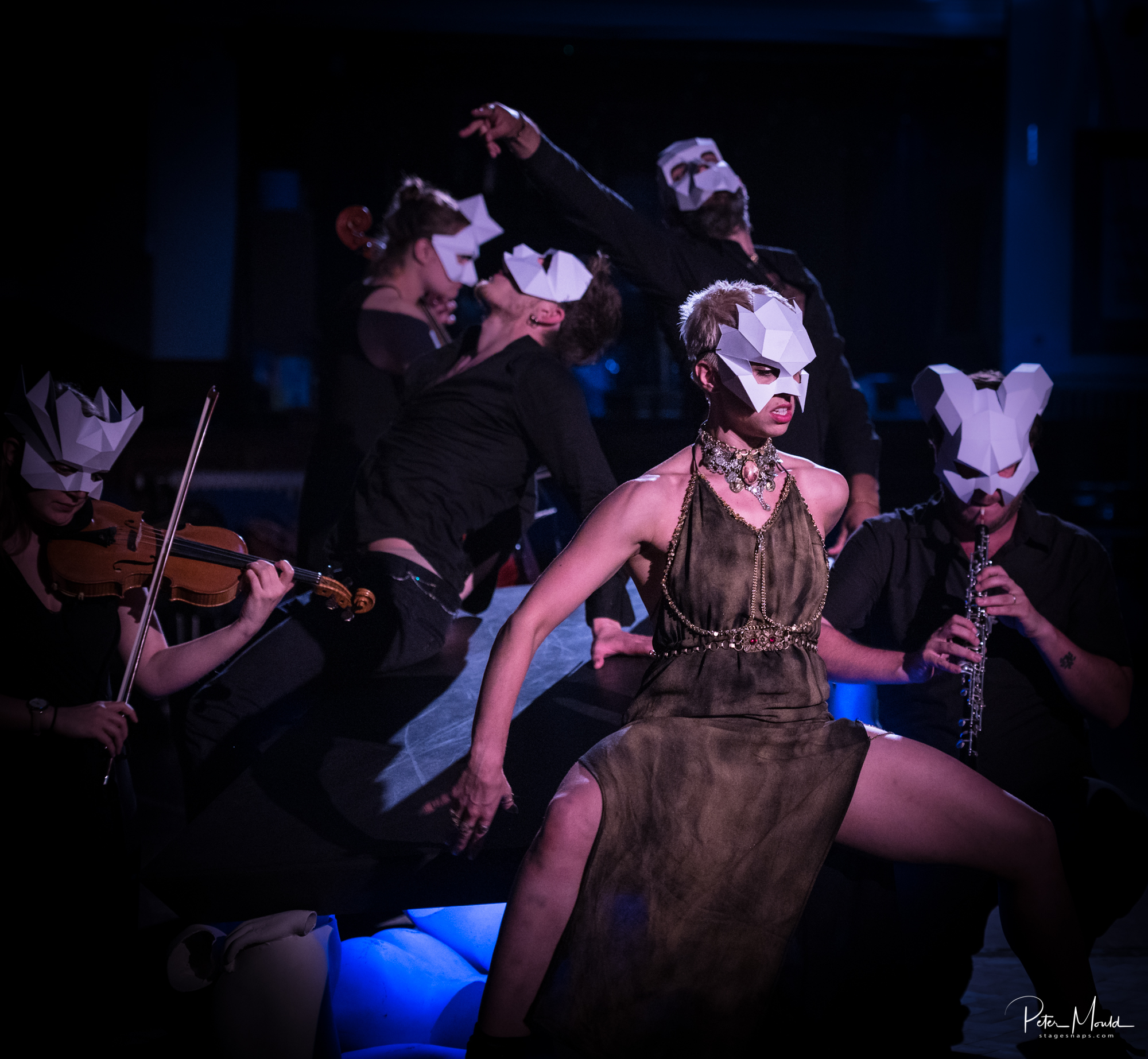Gillian Padgham (Flute) and accompanied by Ron Baker (piano).
Wednesday 4th September; Church in the Wood.
A very pleasant evening of what can be described as old fashioned ‘homely’ entertainment. The atmosphere was friendly, relaxed, light, and humorous. I use the word ‘homely’ in that it brought to mind that this was how entertainment must have been before radio and record players; friends and relatives gathered together in appreciation of good music and talent found within themselves. It certainly does not mean that the musical presentation was second rate. Ron and Gillian played the best one can hear and from such a wide and challenging range. Also, the little ornate, yet intimate, church gave not only the right setting for such music, it also gave the right acoustics for the gentle, beautiful sound of flute and piano.
We had such a wide variety. The 14 items of the duo’s repertoire were a selection from the works of Gershwin, Elgar, Rachmaninov, Grieg, Sartie, Dvorak, Sondheim, Reade, Joplin, Lloyd Webber and Lennon & McCartney. From these composers we heard popular pieces of fairly recent times, ‘Yesterday’, ‘The Entertainer’ and ‘Memory’ to the classical ‘Solveig’s Song’, ‘2nd Movement of New World Symphony’ and ‘Vocalise Op 34 No 14’. This last piece was beautifully and hauntingly presented (my favourite of the evening!). The small audience was richly rewarded and obviously appreciative of the choice of music.
Gillian’s playing was enchanting and her flute seemed at times to be an extension of her very self. Ron impressed us all with his playing of ‘Gymnopedie’ and ‘Gnossienne’, which he clearly likes.
It was a lovely evening of familiar and popular music. Thank you both for your hard work. May we hear more.
Reverend Bernard Crosby.

